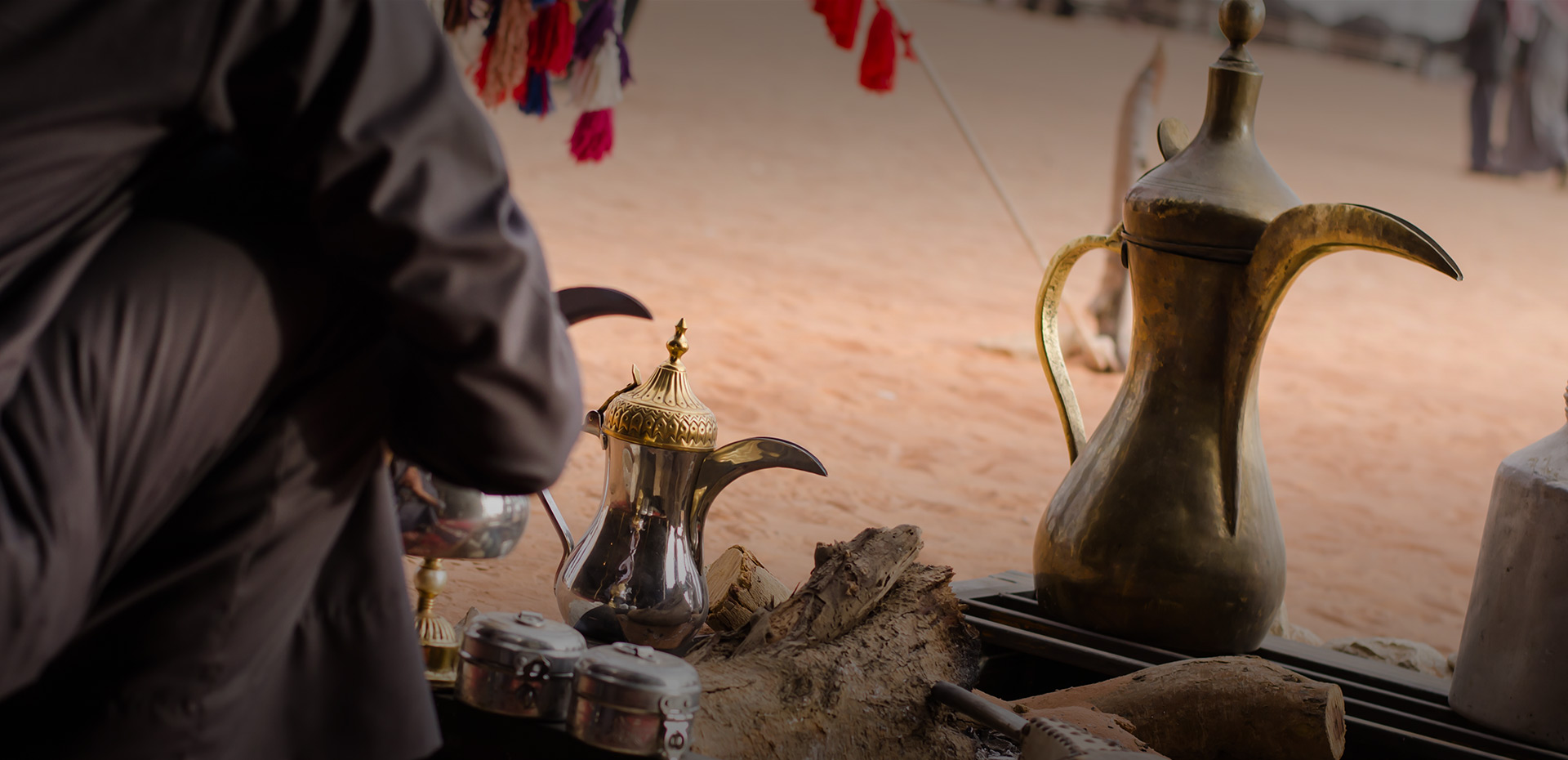
Day 01: Arrival at QAIA – Meet & Assist – Transfer to the hotel in Amman for overnight
You will arrive at Amman airport and will be met by our representative at the airport; you will transfer to your hotel in Amman for overnight.
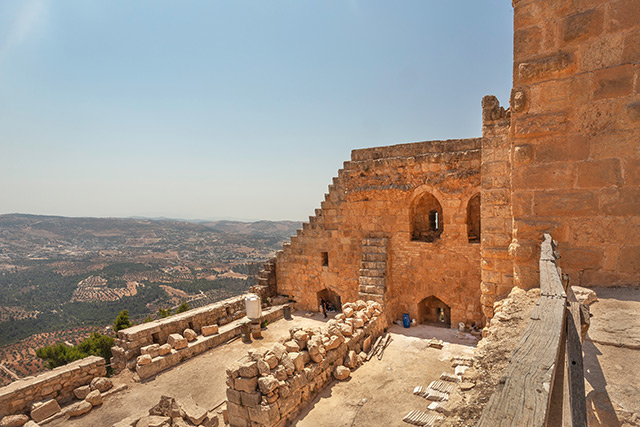
Day 02: Transfer to Ajloun – Orjan trail in Ajloun reserve – Overnight at Ajloun Cabins
Today the tour takes you through wooded valleys to the lush green orchards of Orjan village, giving you the chance to discover the rural lifestyle of the region.
A poplar-lined spring provides a wonderful contrast to the arid mountains. As you hike, note the dramatic rock walls, old water mills once used by local people to grind their seeds and the hollow walnut tree. Enjoy a delicious traditional meal in an orchard of fig, pomegranate, apple and apricot trees.
You will then head to the Ajloun Nature Reserve, Set amongst dense highland forest of evergreen oak, olive, pistachio, carob and wild strawberry it is the perfect overnight location.
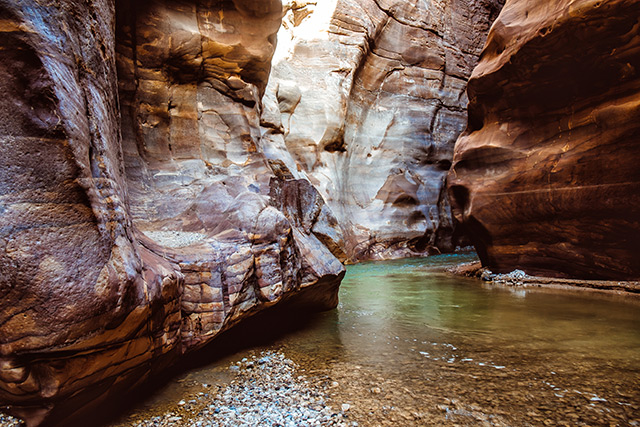
Day 03: Transfer to Wadi Feynan – Hiking in Feynan – Overnight at Feynan Eco-Lodge
Today you will head to the Wadi Fynan Eco lodge. . Owned by the Royal Society for the Conservation of Nature it was designed and constructed in 2005 by renowned architect Ammar Khammash at the western edge of the Dana Biosphere Reserve.
Before the lodge was built, the land was utilised as a campsite by archaeologists conducting studies and digs in the area. The RSCN developed the campsite into an eco – lodge to provide economic opportunities for local communities and generate revenue for the conservation of Jordan’s wild places.
In September 2009, Eco Hotels took over the management and operation of the lodge, offering travellers an unparalleled opportunity to experience Jordan’s wilderness, meet its native people and explore its ancient history, with minimal impact on the environment.
Lit entirely by candles and run on solar power the Eco – lodge is a fantastic experience set in the rugged Araba Valley that was once home to the early Christian as they were forced to work in the local copper mines. Overnight at Fynan Eco-lodge
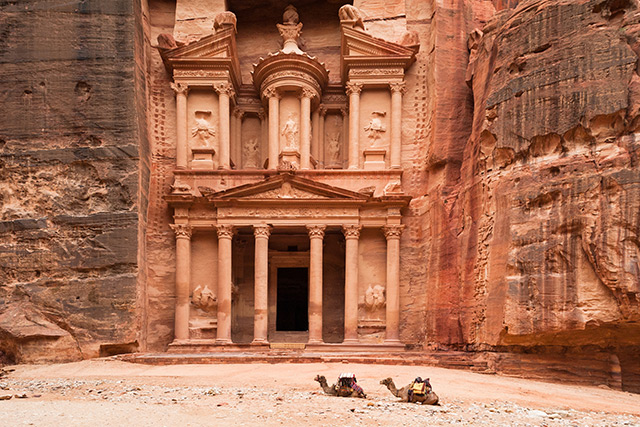
Day 04: Depart Feynan, walk into Petra via Monastery, overnight Ammarin Bedouin Camp
After breakfast, depart Feynan to Petra for a full day tour of Petra. Meaning rock; is a historical and archaeological city in the Jordanian governorate of Ma’an that is famous for its rock cut architecture and water conduits system.
Rather than entering Petra via the main Siq entrance you will enter via the back door, and arrive at Petra’s largest façade the Monastery.
Arriving at the Monastery before the crowds will give you a completely different perspective on a visit to Petra. Petra still forms part of the domain of the Bedouin, and you will see them with their horses and camels as you begin your unforgettable trip into this cultural landmark
Established sometime around the 6th century BC as the capital city of the Nabateans, it is a symbol of Jordan as well as its most visited tourist attraction. It lies on the slope of Mount Hor in a basin among the mountains which form the eastern flank of Arabah (Wadi Araba), the large valley running from the Dead Sea to the Gulf of Aqaba. Petra has been a UNESCO World Heritage Site since 1985.
The site remained unknown to the Western world until 1812, when it was introduced by Swiss explorer Johann Ludwig Burckhardt. It was described as “a rose-red city half as old as time” in a Newdigate Prize-winning sonnet by John William Burgon. UNESCO has described it as “one of the most precious cultural properties of man’s cultural heritage. Excavations that revealed the astounding workmanship and the incredible ruins at Petra did not begin until 1924, and continue to reveal more information about the Nabataean Kingdom.
Having visited all the main tombs in Petra, albeit in a slightly different order, you will finish your visit with the view of the Treasury ( Al Khazneh) before you head up the “Siq” an immense crack in the Nubian sandstone almost one half mile long. Overnight at Bedouin camp located near to little Petra.
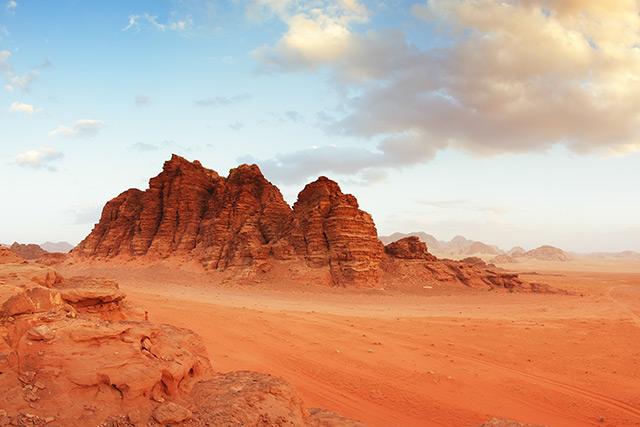
Day 05: Morning tour of Petra, Wadi Rum (Jeep tour) – Overnight at Wadi Rum Camp
After breakfast, depart on another tour of Petra this time entering through the siq (front door) . Once the ancient Nabatean capital, this city has a lot to tell. The visit starts at the visitors center, where each person is assigned a Bedouin guided horse for the journey to the entrance of the lost city.
After passing some tombs which are located outside the city, the visitor passes through the SIQ, an immense crack in the Nubian sandstone. It is a winding, one-kilometer-long fissure between overhanging cliffs that seem to meet more than 300 feet overhead.
Near the end of the passage, the SIQ, with great style, makes one last turn and out of the gloom in towering brightness appears Petra’s most impressive monument, el Khazneh – The Treasury. This is one of the most elegant remains of antiquity, carved out of the solid rock from the side of the mountain, is nearly 140 feet high and 90 feet wide.Beyond el Khazneh the visitor is surrounded on both sides by hundreds of Petra’s carved and built structures, soaring temples, elaborate royal tombs, a carved Roman theater, large and small houses, burial chambers and much more. The Victorian traveler and poet, Dean Burgon, gave Petra a description which holds to this day – “Match me such a marvel save in Eastern clime, a rose-red city half as old as time.” Then transfer to the magical desert of Wadi Rum, home of “Lawrence of Arabia”.
Upon arrival, in the the magical desert of Wadi Rum, home of “Lawrence of Arabia”. you will take a jeep tour managed and driven by one of the local Bedouin to many of the sites in the moon-like landscaped desert. You will start from the visitor center and drive to Rum village about a 10 minute drive on paved roads. After this you will head into the ochre coloured sandy desert as you visit the sites of Rum. Visit Lawrence’s spring this spring was named for T.E. Lawrence, of Lawrence of Arabia fame, who fought in the Arab revolt against the Ottoman Empire. Continue to Khazali Canyon an iconic feature in Wadi Rum, Khazali Canyon is an easy 20 minute walk that allows you to see many Nabatean inscriptions and drawings. Last place to visit is the Sand dunes, and then head back to the visitor center passing by Wadi Rum village for overnight. As the sun sets in Wadi Rum you will experience not only the changing temperature but also the changes in the color of the rock as and sand take on the deep red of the setting sun. As day turns to night the atmosphere of the desert changes from one of oppressive (heat) to relaxed and welcoming as the Bedouin prepare the fire and the sumptuous hospitality. Once the night a fully arrived the stars will come into their own as they light up the night sky. In clear morning light of sunrise the desert takes on a heavenly aura before the sun once again assumes control.
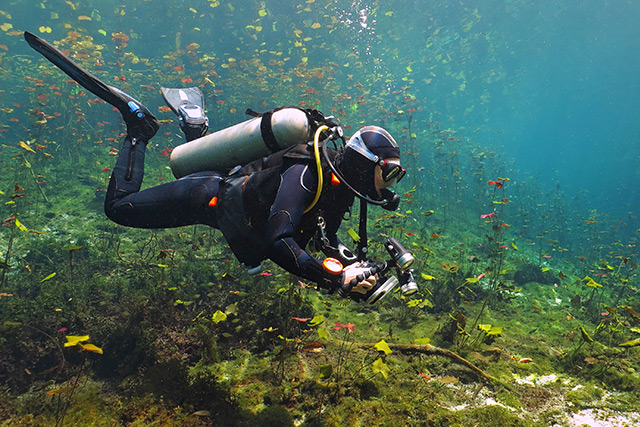
Day 06: Transfer to Aqaba for swimming and relaxing – Overnight at the hotel in Aqaba
After breakfast at the camp in Wadi Rum, you will transfer to Aqaba. Aqaba is a Jordanian coastal city situated at the northeastern tip of the Red Sea. Aqaba is the largest city on the Gulf of Aqaba and Jordan’s only coastal city.
The city of Aqaba is the capital of Aqaba Governorate. Aqaba is one of the major tourist attractions in Jordan, and famous for its warm water and rich marine life. It is best known today as a seaside and diving resort and also as a home for Jordan’s mega projects.
However, industrial and commercial activities remain important, due to the strategic location of the city as the country’s only seaport. You will take a glass boat for swimming, snorkeling. In the afternoon transfer to your hotel in Aqaba for overnight.
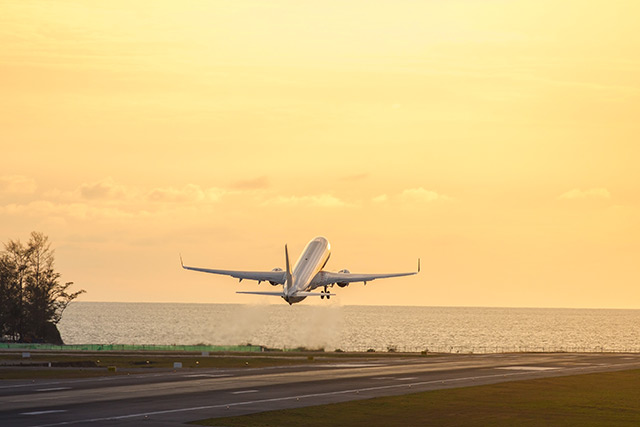
Day 07: End of our services after breakfast
You will transfer to the airport to fly back home with safe trip
